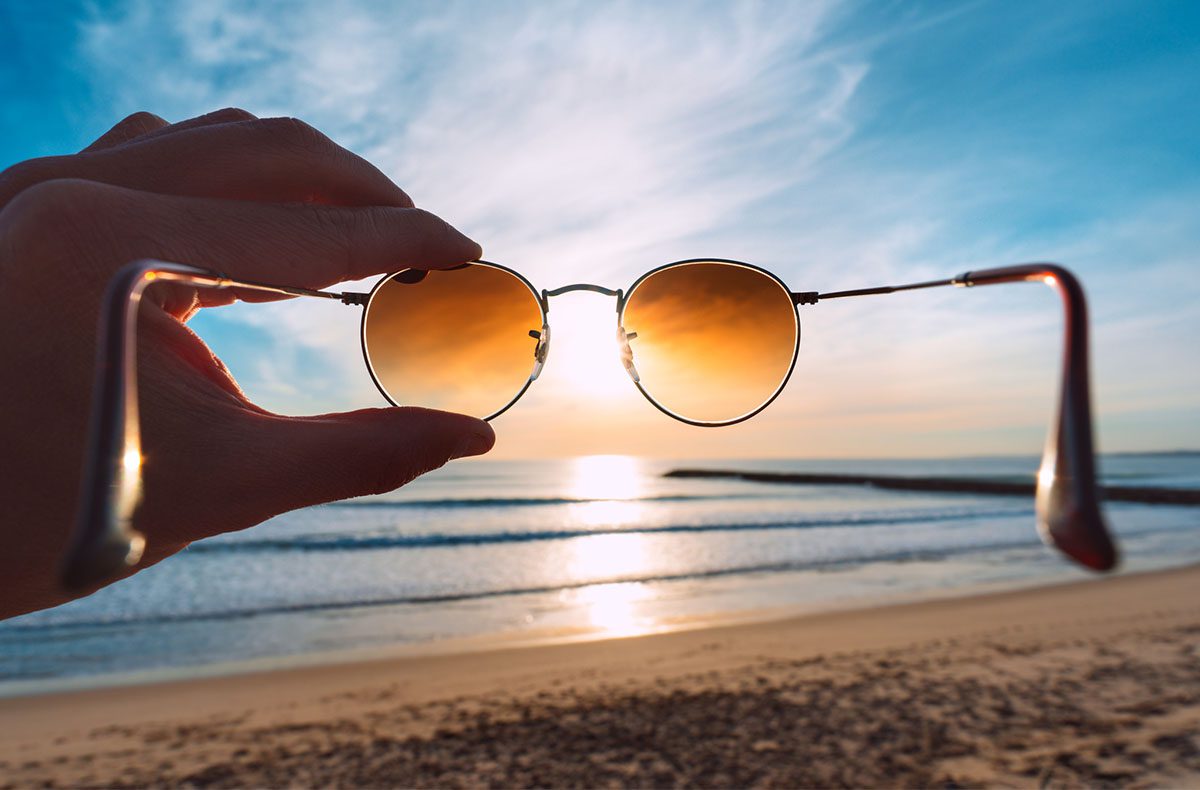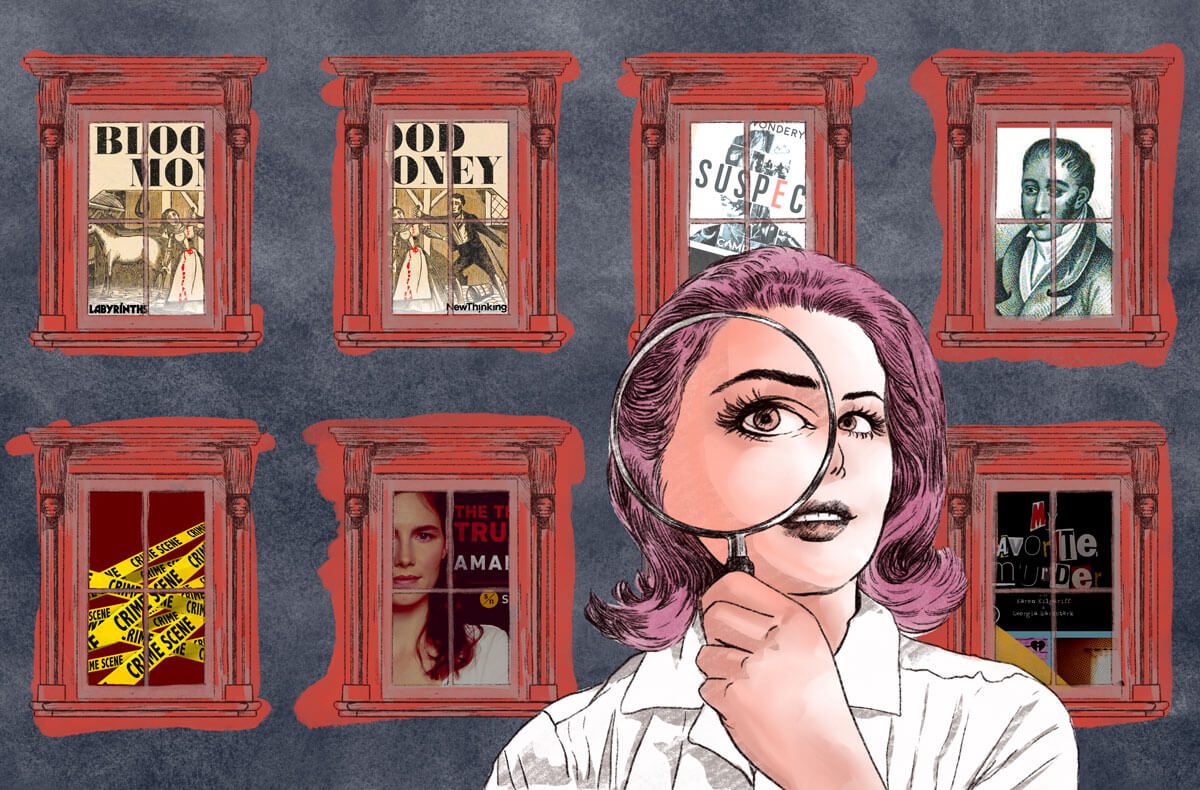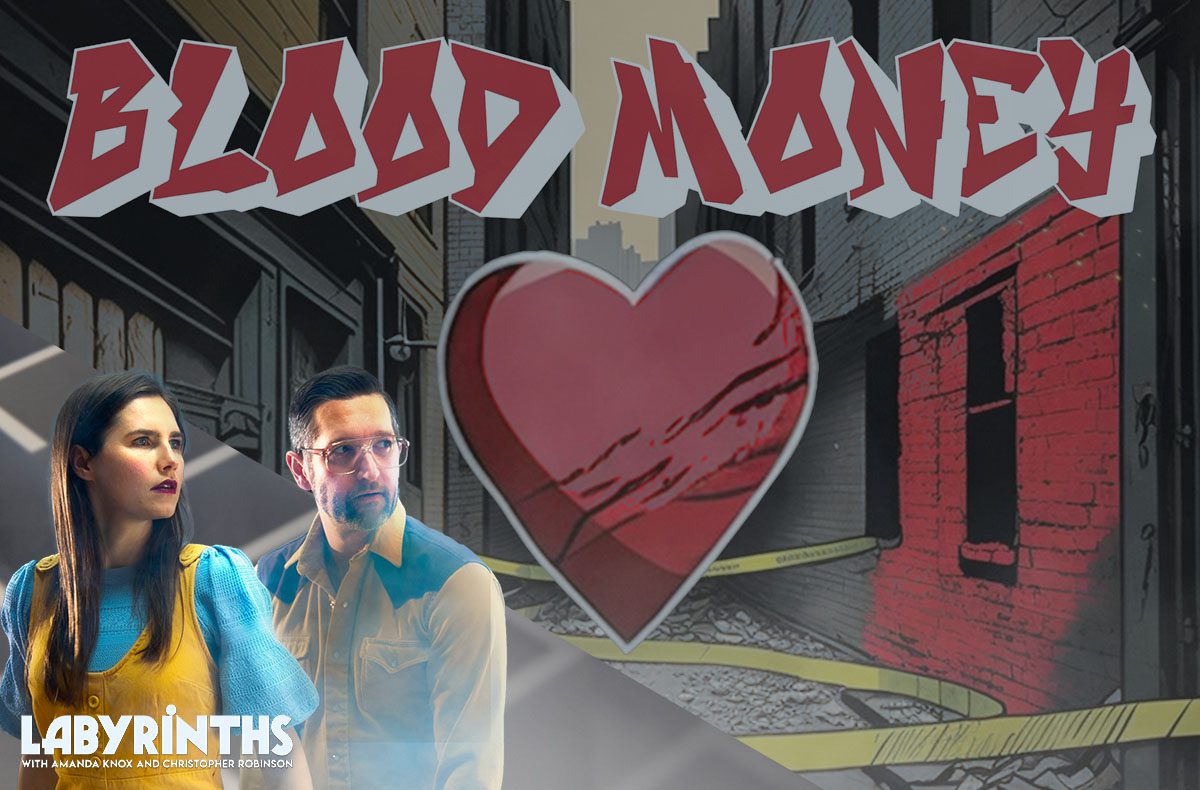
Ten photographs, five pairs of underwear, three books, one plastic fork, one metal plate. I wasn’t allowed much in my cell in Capanne prison. Overnight, my relationship with my possessions changed. I realized how much I had taken for granted the surfeit of stuff available to me, and I began to treasure the immaterial things no one could take away. I’m reflecting back on those days because my house just flooded, ruining many of my favorite books, and displacing my husband, my baby, and myself from our comfortable, stuff-filled lives. While packing things into storage as the restoration work begins, I’m asking myself how much of this stuff I really need. Do I need those twenty-eight scarves I never wear? The Shakespeare bobblehead sitting on my bookshelf? That stack of letters from prison?
As a literary geek and language student, books were among my favorite things, and I brought many with me to Italy, and purchased even more in the few weeks before I was arrested. So it was a shock to be limited to just three at a time. With little else to do, I would tear through books in my cell. Harry Potter in Italian. Victor Frankl. The Hitch Hiker’s Guide to the Galaxy. And then I’d have to submit a domandina, an official request form, to exchange them for others kept in the storage room.
Aside from my books, my most precious belongings inside were the few photographs of my family and friends I was allowed. I would prop a picture of my mom against the cell wall as I wrote her a letter. I did that with each family member, trying to see them as I wrote to them. I also have a big family, which meant choosing which ten people I wanted to be able to visualize clearly, and submitting another domandina every time I wanted to swap out one batch of photos for another, trading this cousin for that one, letting one childhood friend into my sight while another lost definition in the fuzzy strokes of memory.
There was not much logic to the rules around possessions in Capanne prison. We were allowed to have a camp stove, for example, which produced an open flame. But we couldn’t have nutmeg, presumably because someone on the cellblock had once tried to snort it. Is there more logic to what we possess in freedom? As I packed my clothes away and relocated to our cramped guestroom, I asked myself: do I really need these five shirts that say FREE RAFFAELE AND AMANDA? My husband insisted we keep them. My family had them made and gave them to supporters while I was imprisoned. But me, I’m weirdly not sentimental about such things. I don’t need to keep those shirts.
The does it bring you joy? test, popularized by Marie Kondo, is a good strategy for evaluating whether to keep or discard or donate the things that fill up your life. But analyzing possessions in isolation—does this pair of shoes bring me joy?—can’t answer the aggregate question: how much stuff should you have? Even if it all individually brings joy? For me, it’s certainly more than three books and ten photographs, but being forced to live that spartan lifestyle shifted my baseline.
The day I was acquitted, I was allowed to rush back into the prison one last time. Everyone was banging pots and pans on the cell bars, shouting libertá! libertá! I ran past the cells, shaking hands, saying goodbye, and then got to my own cell to retrieve my things. I took two shirts, a folder of documents and letters, the three books in my cell, my toothbrush, and I left everything else to my cellmate: most of my clothes, my cd player, my toiletries and kitchen supplies. The reason I took the toothbrush was so I could snap it in half as soon as I stepped out of the prison—a ritual that was supposed to guarantee you’d never be back.
What I really took with me is what I had protected all that time inside: my mind, my thoughts and memories, my sense of who I was. None of that was physical, and though physical things can reveal all that—you can tell a lot about a person by what objects they surround themselves with—physical things don’t create that inner world. I learned the hard way that I am still myself when I am stripped of everything, when even my body is not under my control.
So this house flood, my ruined books, my clothes and toiletries packed in bins and shoved in the attic, or given to Goodwill—it’s not just an inconvenience, but a good opportunity to remember that any sustainable form of joy, or peace, must come from within—it can’t be grounded in what you can hold, what you can buy, or what you can treasure. No thing has that power.
So for me, it’s not really a question of how minimalist a life to lead, of how many things to own, and how to catalog and cull my possessions based on what does or doesn’t bring me joy. Life is inevitably going to deliver more upsets and left turns and catastrophes. Your things will be ruined or lost. That’s what insurance is for. The question for me is how to detach my joy from things entirely, while still finding pleasure in browsing thrift store racks for the perfect funky jacket. It’s not the paradox it seems. I’ve learned to value what I have precisely because I don’t need it, and it could all disappear tomorrow.



